Uncategorized
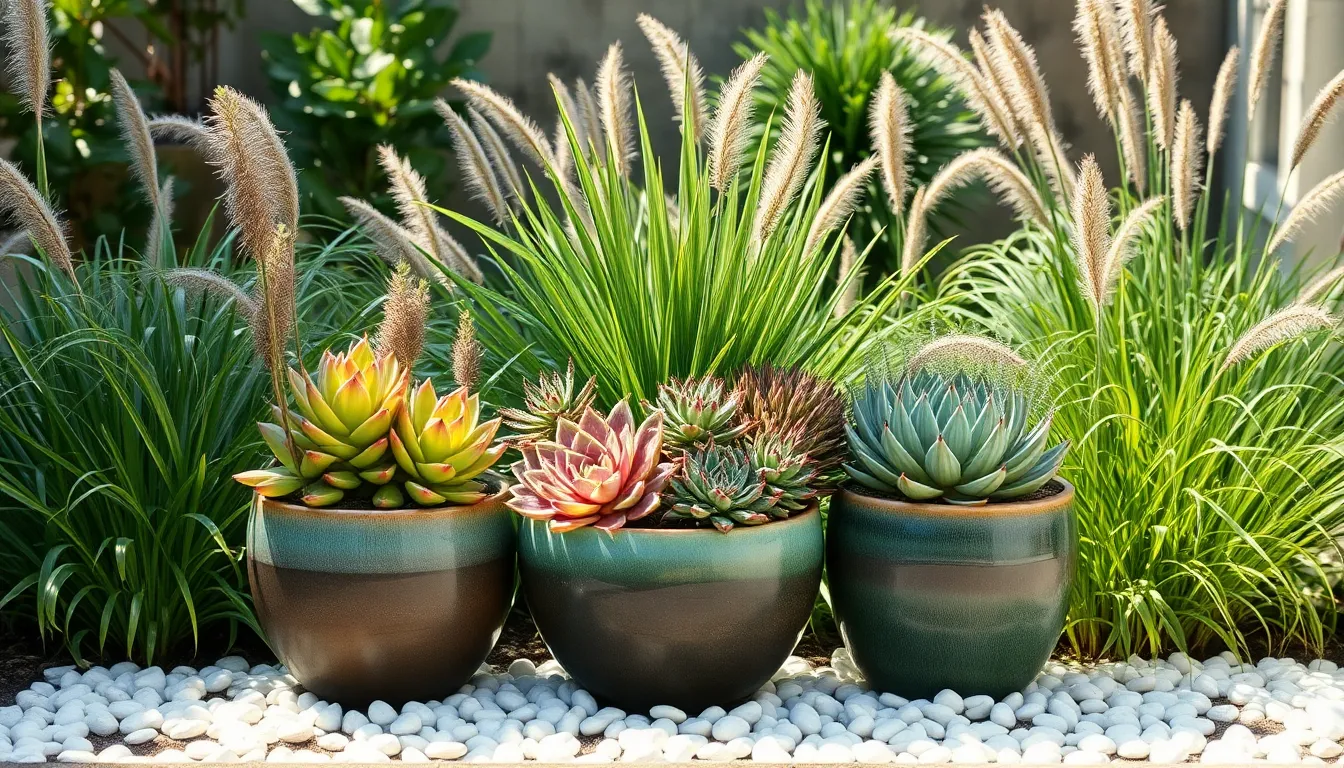
Best Plants for a Low-Maintenance Garden
Imagine stepping into your very own green sanctuary where nature’s beauty thrives with minimal effort—welcome to the world of low-maintenance ...

How to Start a Greenhouse Gardening Project
Embarking on a greenhouse gardening project is like opening a door to an endless world of growing possibilities. Whether you’re ...
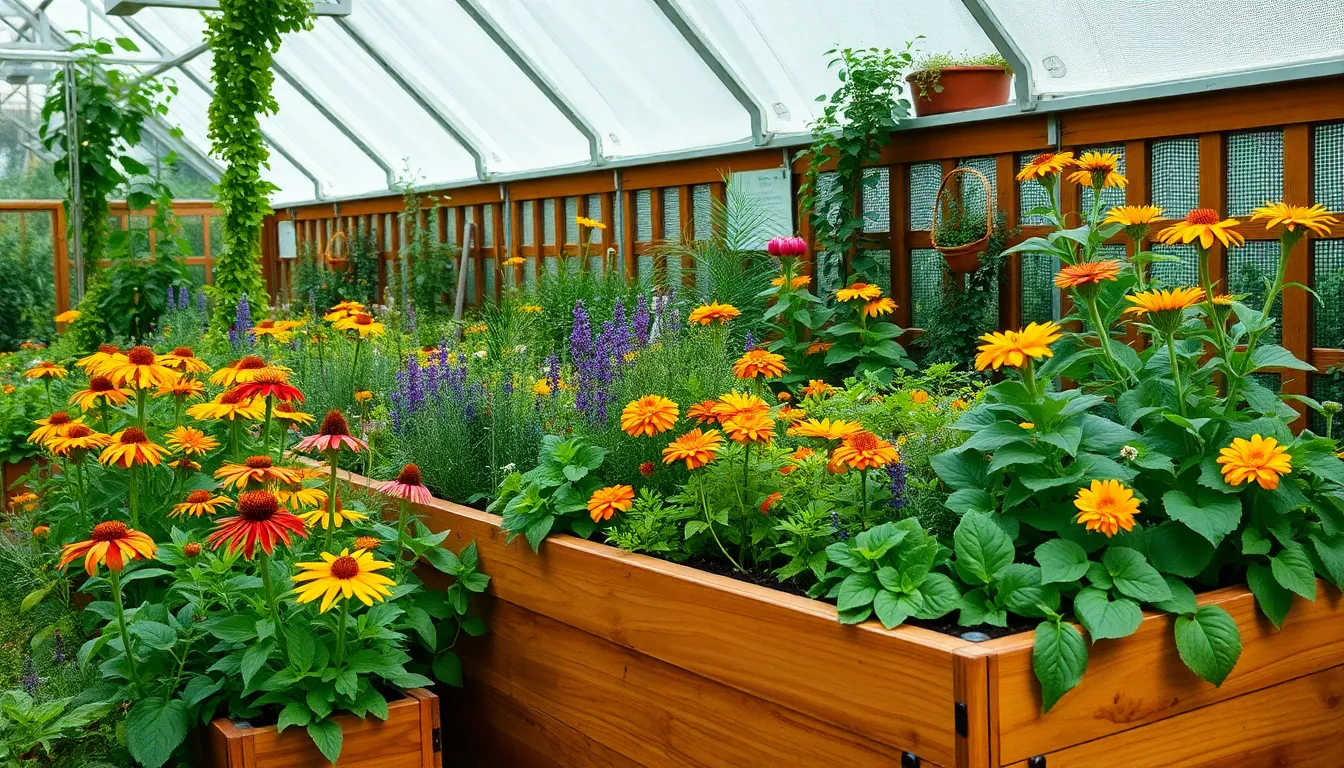
How to Make Your Garden More Eco-Friendly
In today’s world, where sustainability is more crucial than ever, transforming your garden into an eco-friendly haven is both a ...
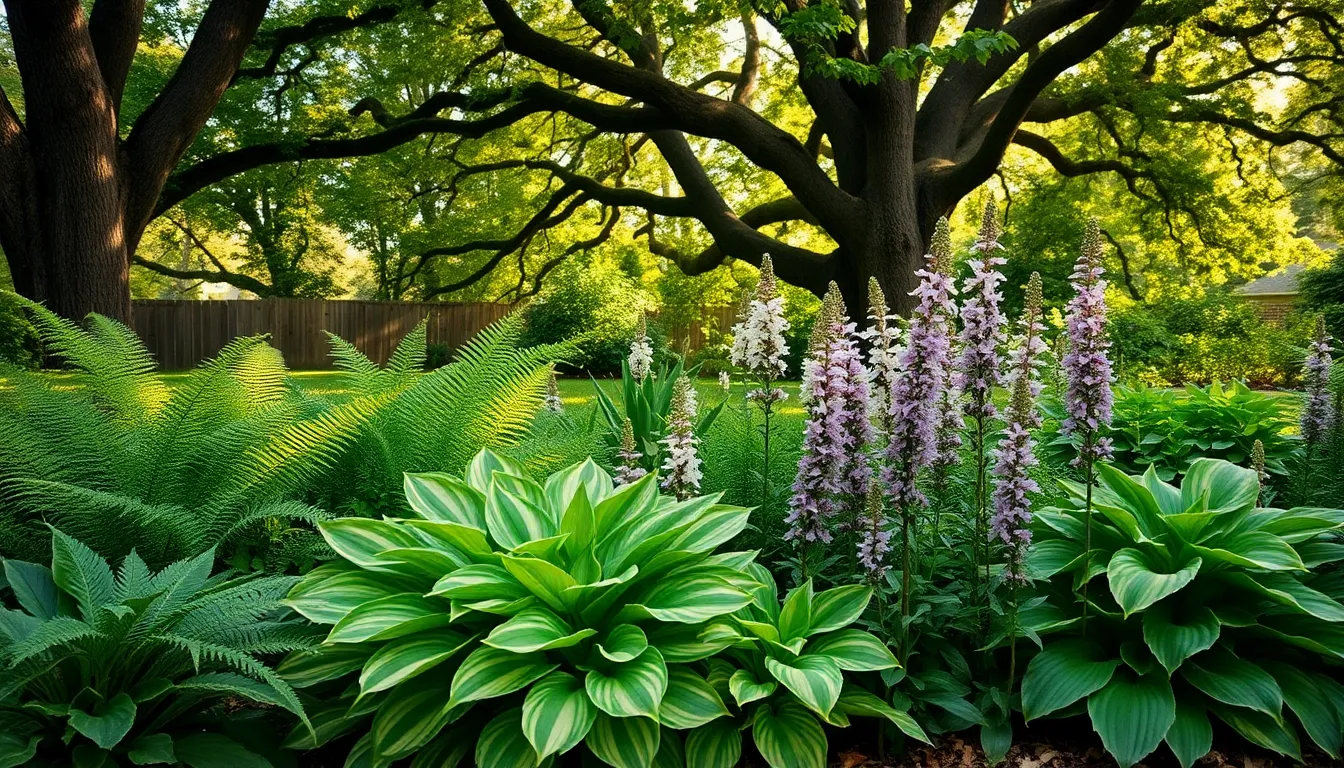
Best Outdoor Plants for Shade
Gardening enthusiasts, whether you’re just starting out or have years of experience under your belt, know that cultivating a thriving ...
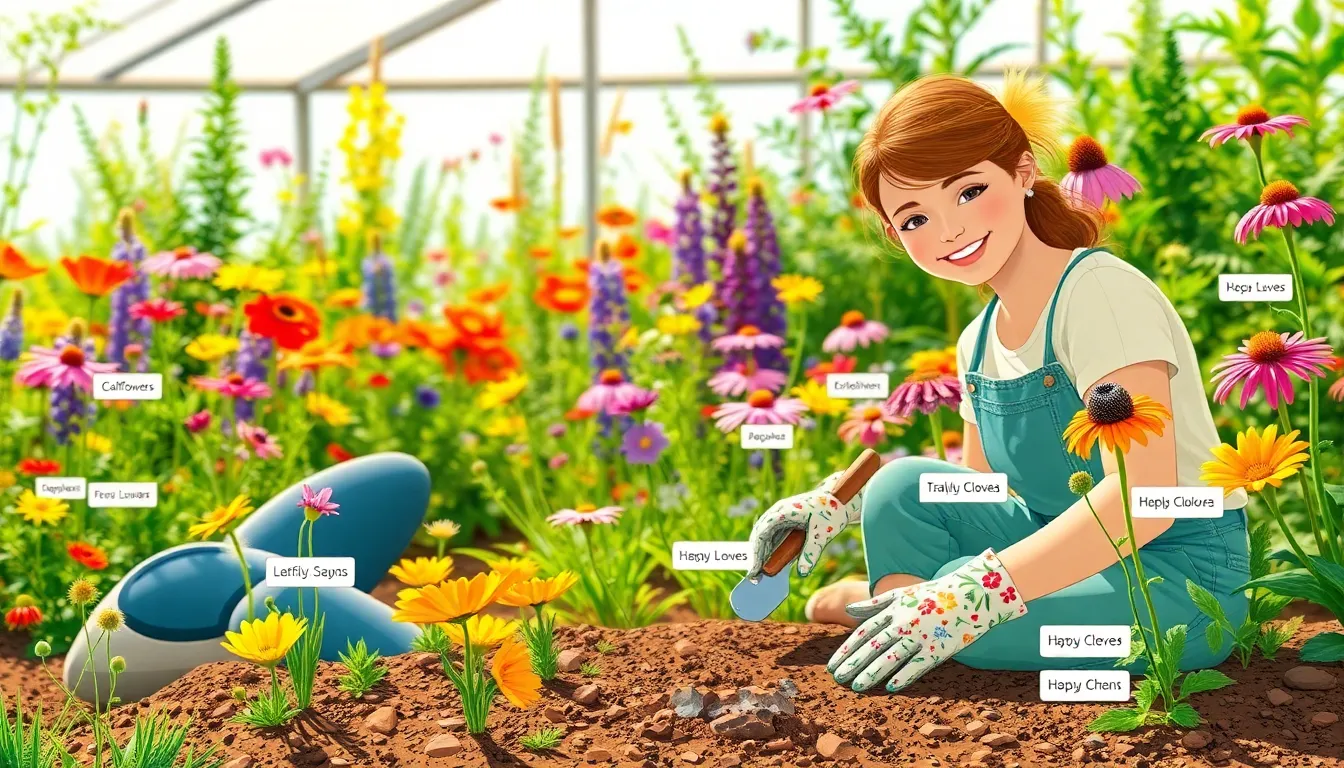
How to Grow Wildflowers in Your Backyard
Imagine stepping into your backyard to find a vibrant tapestry of colors swaying gently in the breeze, each flower inviting ...
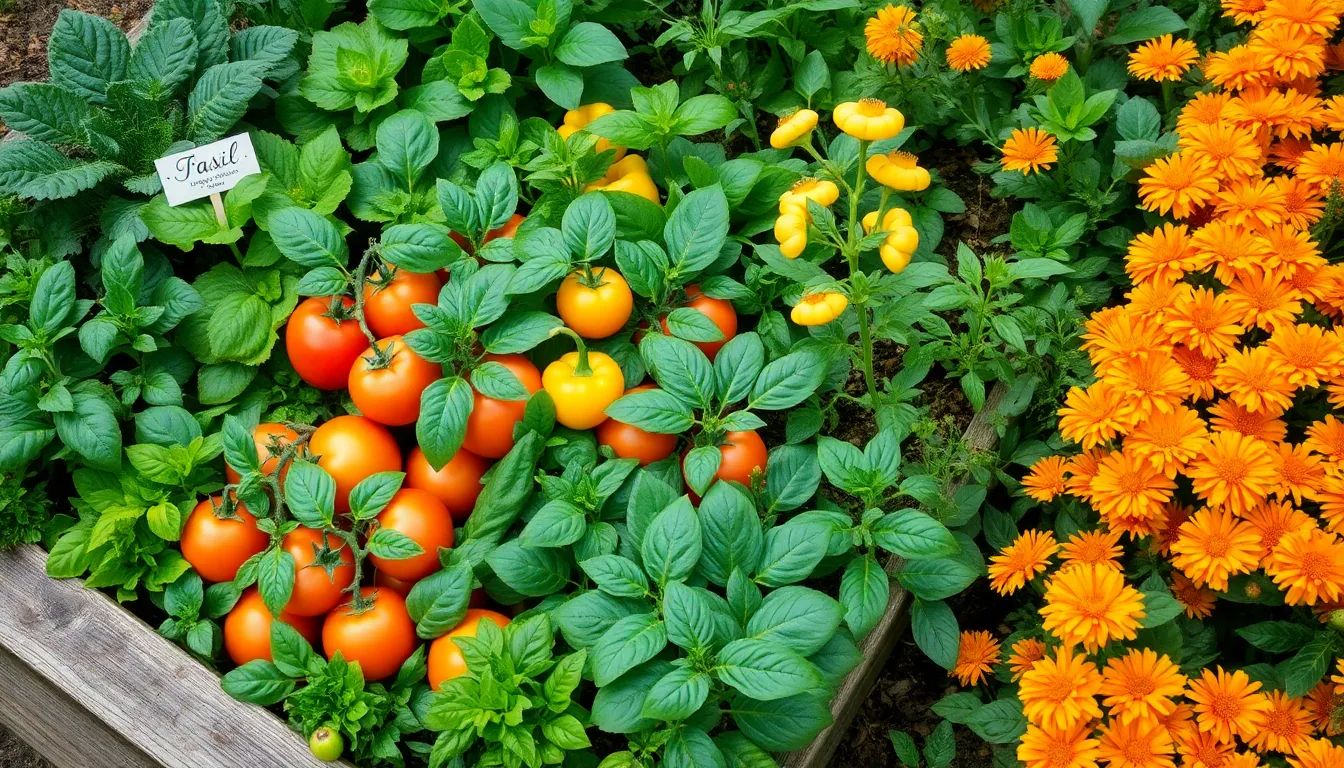
How to Keep Your Garden Free of Pests
Gardening offers a delightful blend of tranquility and triumph, but nothing dampens the joy of nurturing your green sanctuary more ...
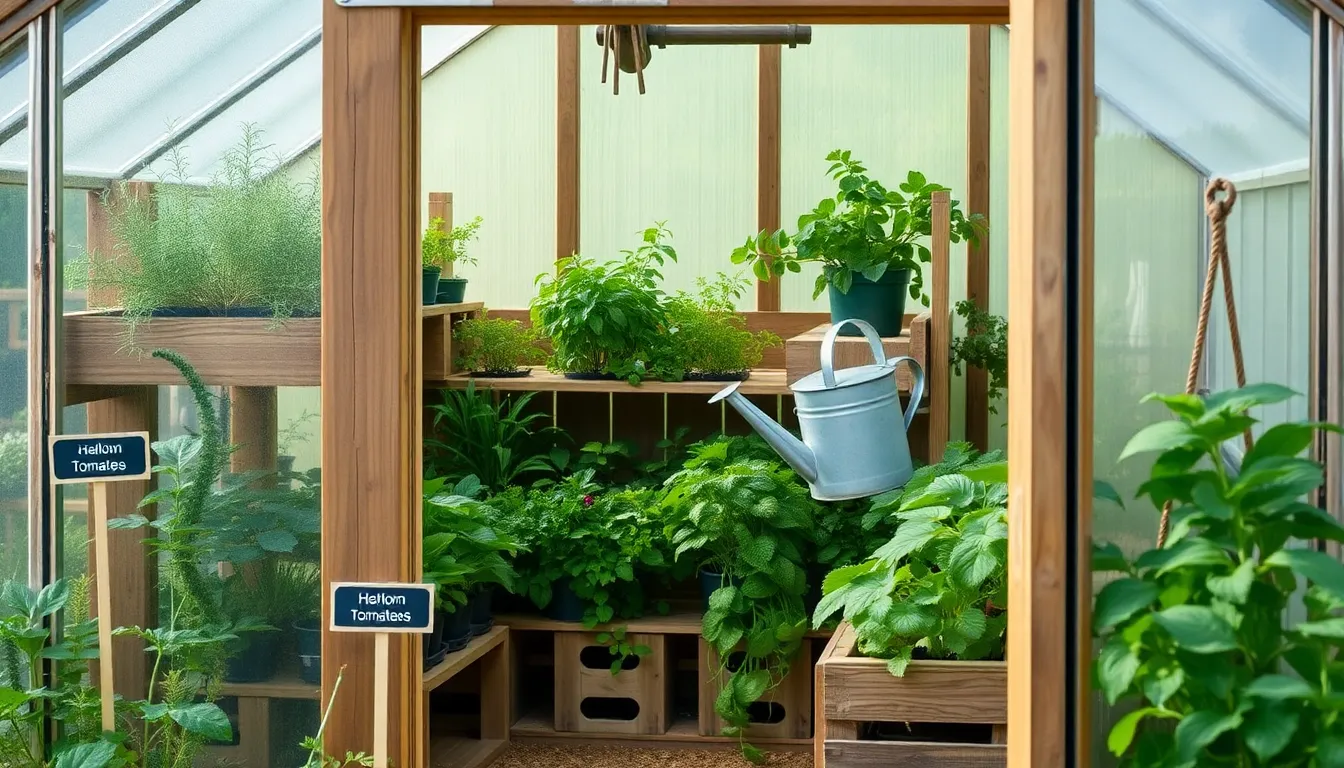
How to Build a Simple Greenhouse for Your Garden
Imagine stepping into your garden and finding a lush, vibrant oasis flourishing under the shelter of your very own greenhouse. ...
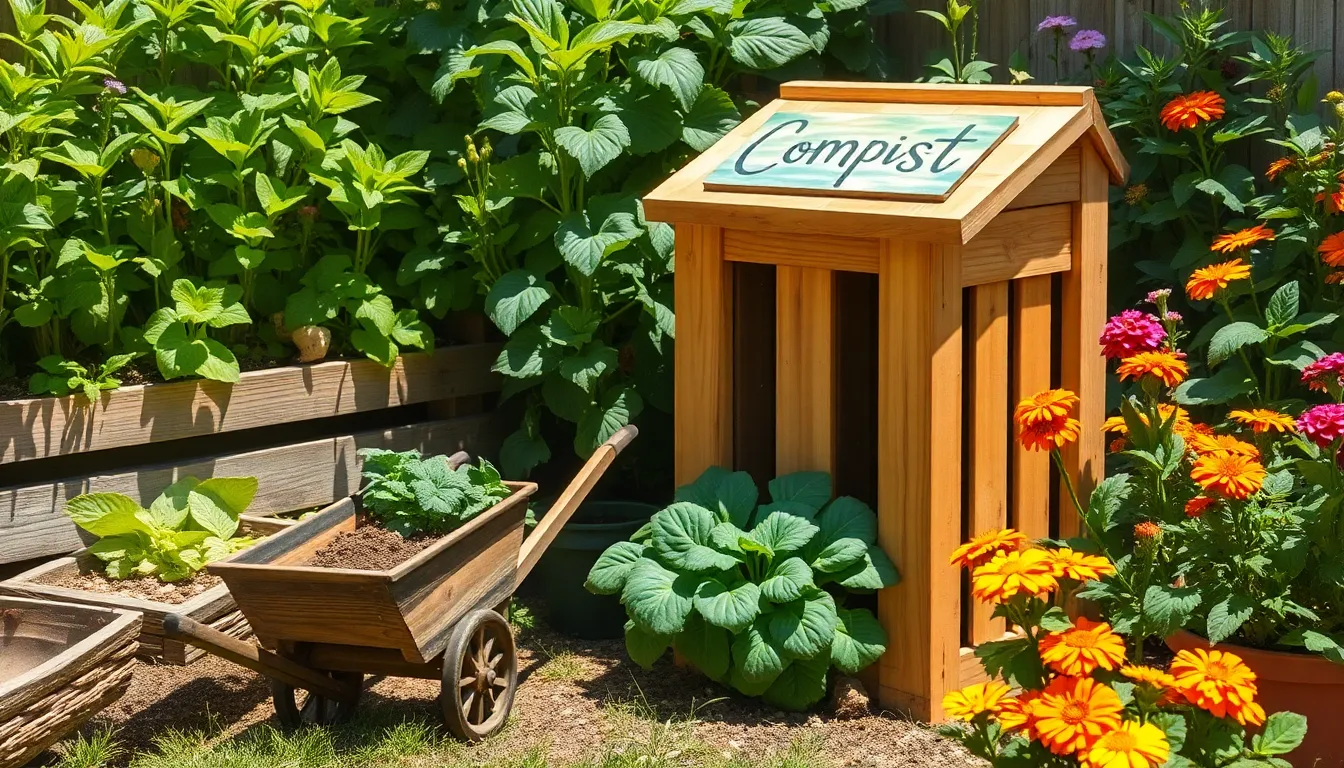
How to Make a DIY Compost Bin for Your Garden
Creating your own compost bin is a delightful entry into the world of sustainable gardening, whether you’re just planting your ...
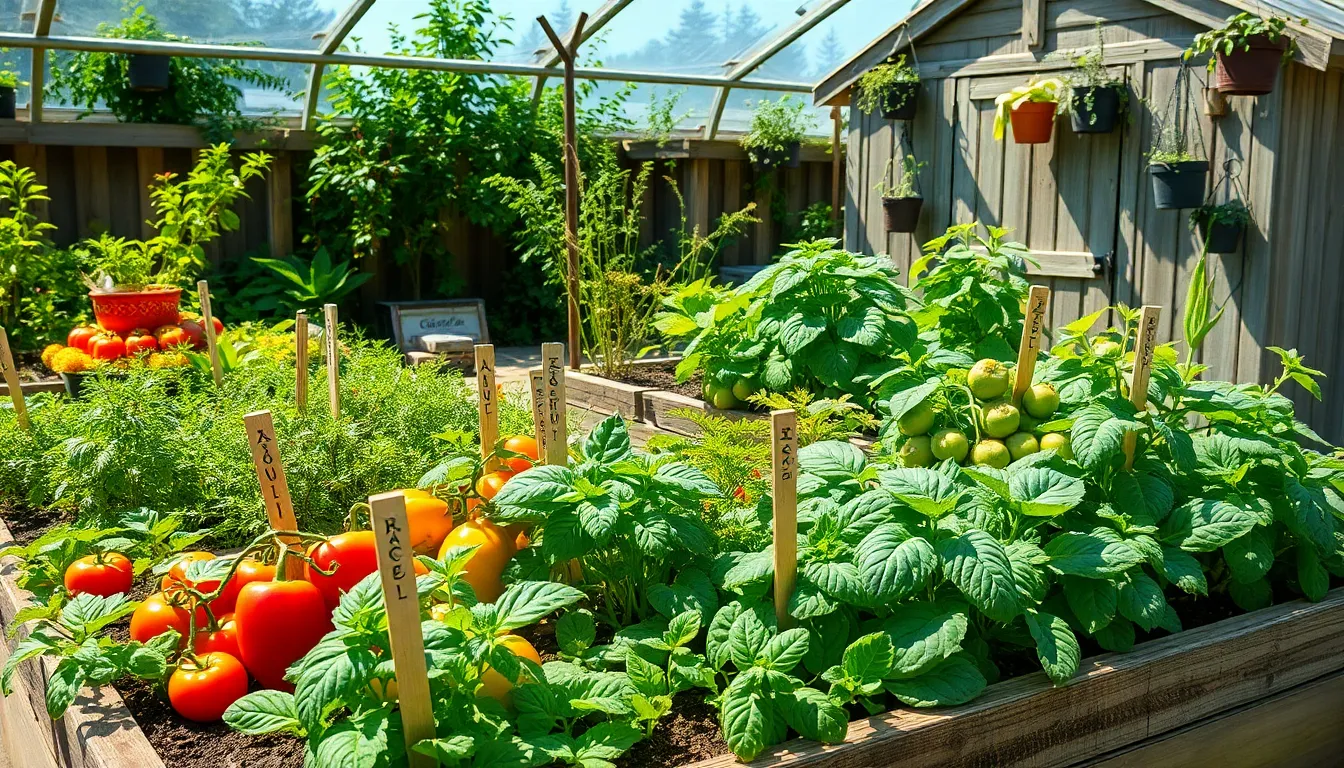
Best Organic Fertilizers for Vegetable Gardens
Gardening is a journey filled with discovery, joy, and the sweet taste of homegrown success, whether you’re sowing your first ...
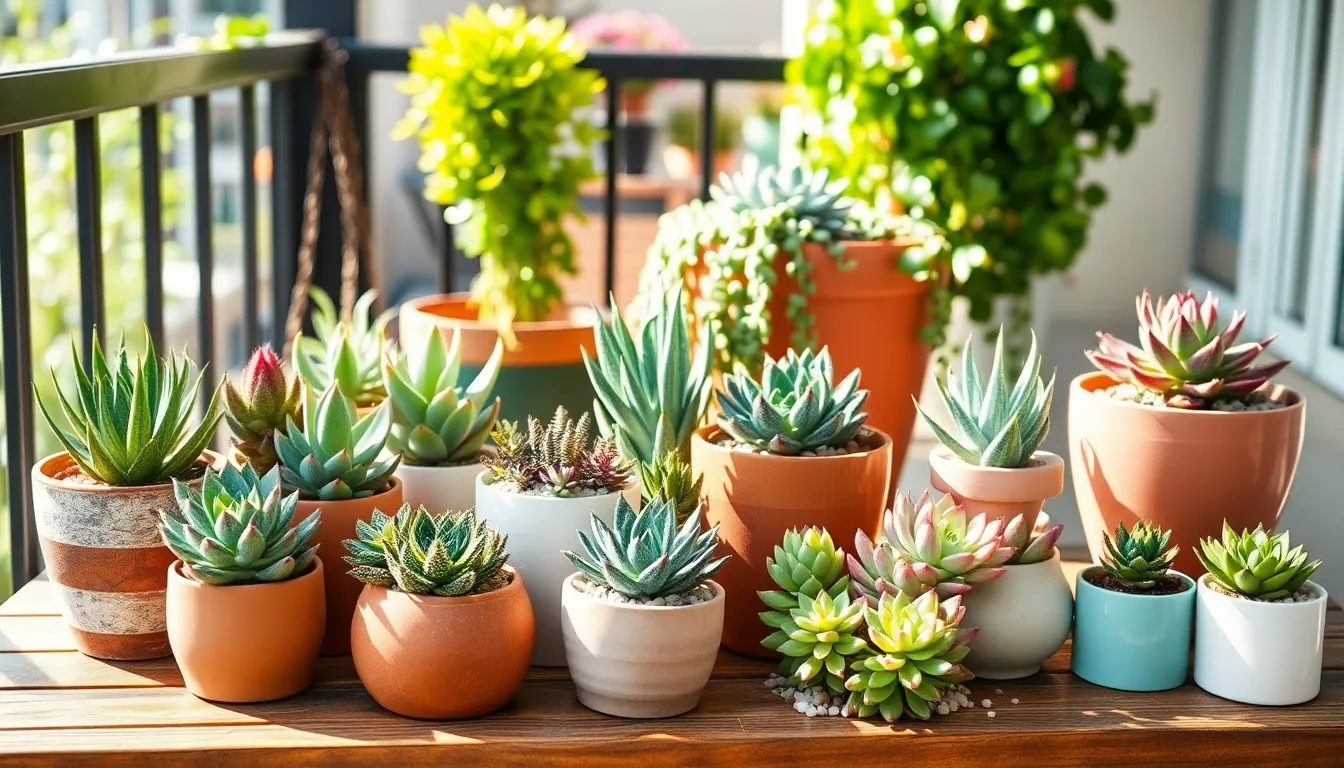
Simple Gardening Ideas for Busy People
In the hustle and bustle of daily life, finding time to nurture a garden might seem like a distant dream ...






